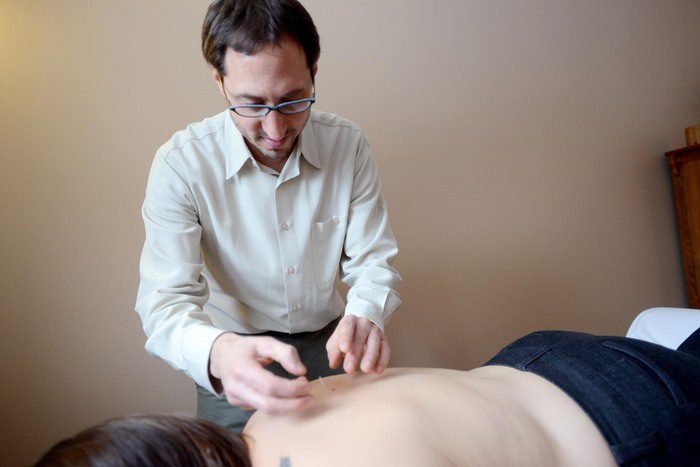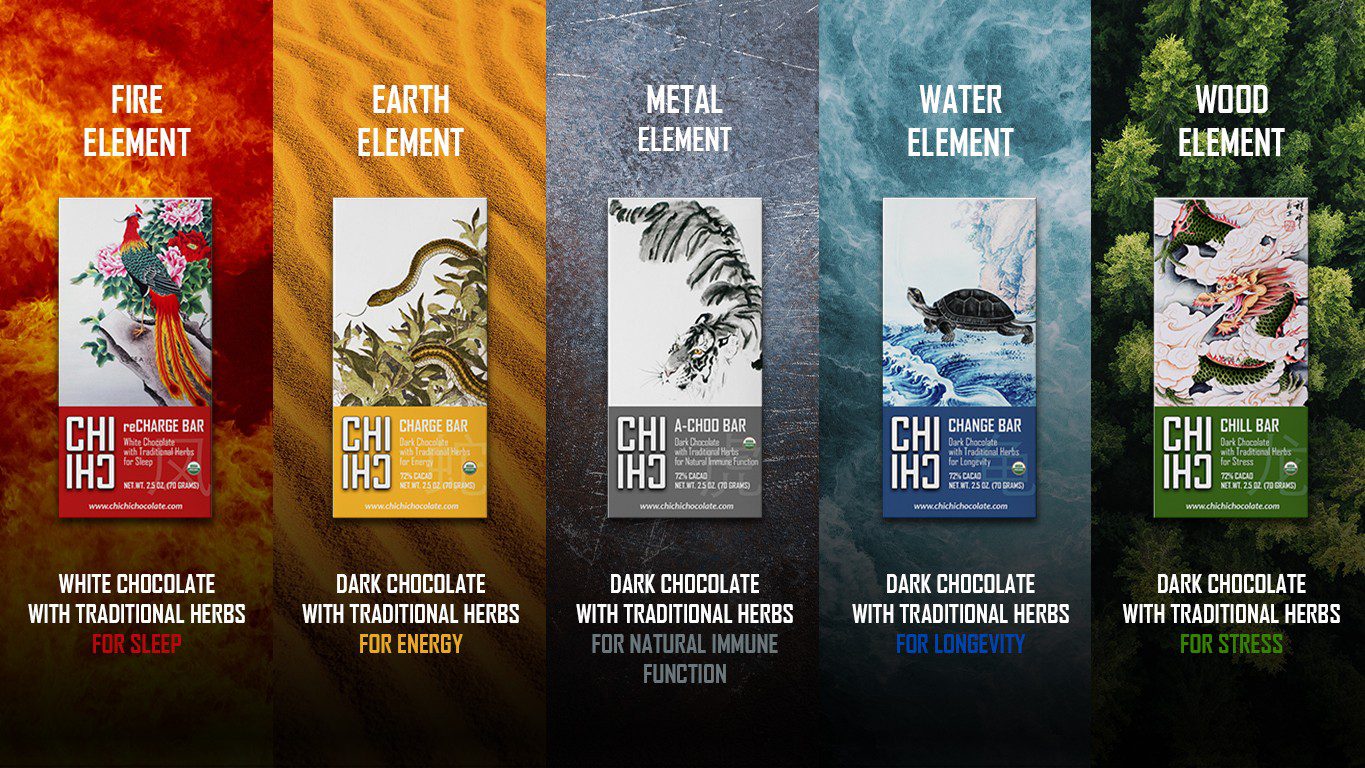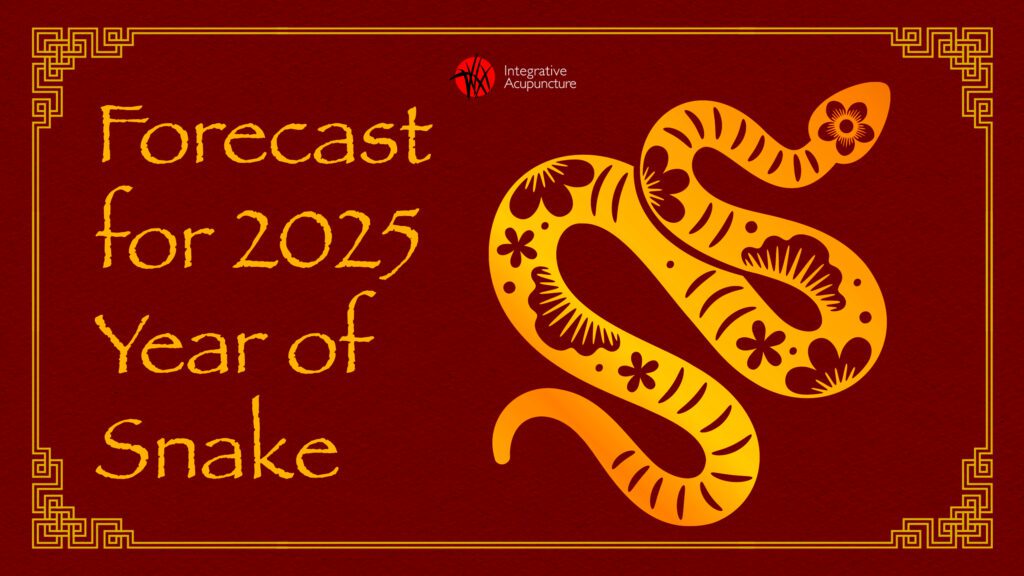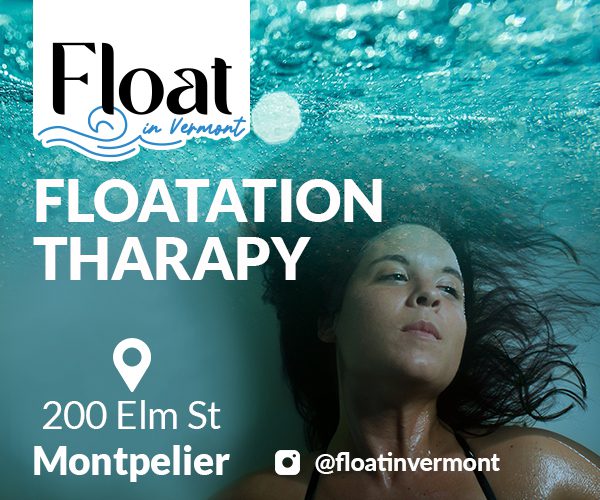How Much Does Dry Needling Cost in Montpelier and Williston?
At Integrative Acupuncture in Montpelier and Williston, we have patients ask us daily about dry needling. Dry needling is a therapy becoming more commonly used by physical therapists that uses acupuncture needles to relieve musculoskeletal pain. Painful areas within the muscles, or trigger points, are aggressively stimulated to cause a release of the tension in order to alleviate pain.
Confused about Dry Needling?
It is often that patients come to us with confusion after being referred to physical therapy for dry needling. They aren’t clear how dry needling is different from acupuncture and why they should see the physical therapist rather than the acupuncturist, as the technique sounds very similar. They are also unclear about any difference in cost.
Acupuncture is one branch of Chinese Medicine, along with herbs, nutrition, massage, and exercise. This form of medicine is taught at over sixty nationally accredited colleges in the US that offer a 3 to 4 year masters degree program. Along with learning the depth of Chinese Medicine, western anatomy, physiology and pathology is extensively taught to have an understanding of the body based on both an eastern and western perspective. Further education is also offered at ten of these schools to achieve a doctorate in Chinese Medicine. The student then becomes a specialist in a certain area such as women’s health or pain management or geriatrics, and also becomes more involved with research.
There is a similar amount of education dedicated to become a physical therapist. The understanding of anatomy and physiology is greatly emphasized to thoroughly understand treatment of the musculoskeletal system. Dry needling is taught to physical therapists as a continuing education course, a weekend seminar. There is no further training, supervision, or standards of practice to follow once the certification from the weekend seminar is received.
“Ah, Yes!”
Throughout history acupuncture has been used in various ways. One example is called ashi needling, or “ah, yes”. This is referring to “yes, that’s the sore spot.” This soreness is felt upon palpation. In western medical terminology, this is referred to as a trigger point. In needling an ashi or trigger point, it causes release of tension in the muscle to alleviate the pain and discomfort.From the acupuncturist point of view, dry needling is a modern interpretation of a form of acupuncture that Sun Si Miao described in the 6th century AD, over 1,400 years ago.
Cost of Physical Therapy Without Insurance
(from http://health.costhelper.com/physical-therapist.html) Total cost can range from hundreds of dollars for a relatively minor issue, such as a routine sports injury, that might require several sessions, up to thousands or tens of thousands of dollars for a major problem, such as rehabilitation from a serious accident or major surgery that might require several sessions per week for months. For example, Baudendistel Physical Therapy[1] charges $100 for an initial evaluation and $75 for each one-hour physical therapy session. Kathe Wallace Physical Therapy[2] in Washington charges $165-$205 for a one-hour initial evaluation, $112 for appointments less than 45 minutes and $150 for a session of 50 to 55 minutes. Elite PT[3] in Delaware and Maryland charges $150 for a biomechanical evaluation and $65 for 30 minutes of skilled massage. Akron General Hospital[4] in Ohio charges, for each 15-minutes: $51 for home/self-care training, $78 for gait training, $97 for exercise, $100 for massage and $132 for manual electrical stimulation or neuro-muscular re-education — for a total of $204-$528 per hour.
Cost of Dry Needling
Who knows what Sun Si Miao charged for ashi needling, but today we have insurance companies that pay for some of our medical care. If not, getting care is an out of pocket expense. In Montpelier and Williston, the average cost of acupuncture treatment is $75 for an hour visit. Nationally, the median cost for acupuncture is higher, up to $150 per visit. Some large employers have included it in crafting their own insurance plans for their employees. For example, state of Vermont employees have a $20 copay or a percentage or co-insurance for acupuncture with unlimited amount of visits per year. Since dry needling is a form of acupuncture, these employees may see a licensed acupuncturist for dry needling and have it covered by insurance.
Currently, there is no billing code for dry needling, as there is for acupuncture, so it cannot be legitimately billed for insurance reimbursement. The APTA (American Physical Therapy Association) has declared it may not be billed to insurance companies as manual therapy. The insurance companies do not recognize dry needling as a billable therapy. Physical therapists may not bill the patient for it as a separate therapy from the other treatment that was provided during the visit. Or it may be an additional out of pocket expense from $20 to $85 depending on whether or not it is a stand-alone treatment.
Providers that bill for dry needling as “manual therapy” are unfortunately committing insurance fraud.
Choosing the Best Care
When referred for needling, whether it may be called acupuncture or dry needling by different professions, aside from cost it’s important to consider the degree of training and experience of the provider. Please feel free to contact us at Integrative Acupuncture in Montpelier and Williston to understand this further.






